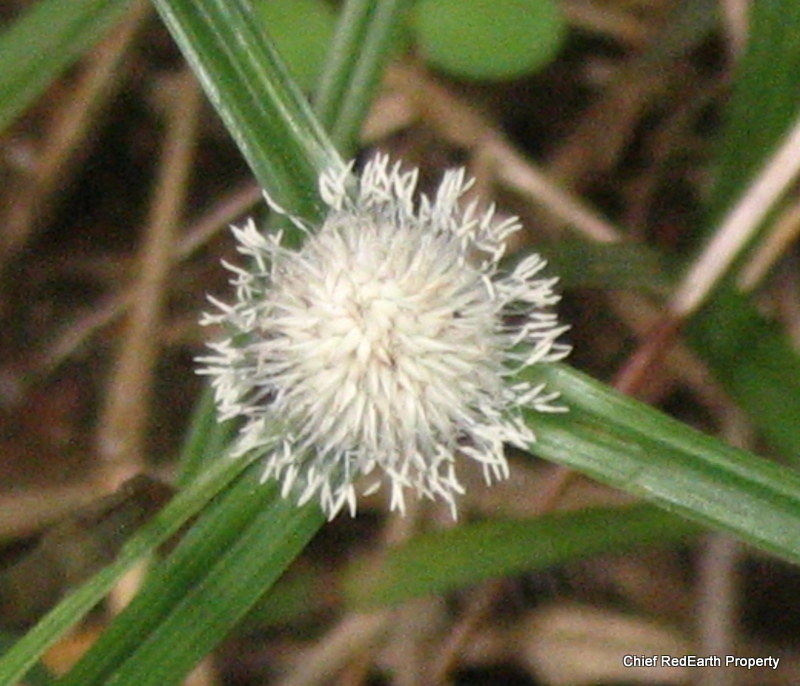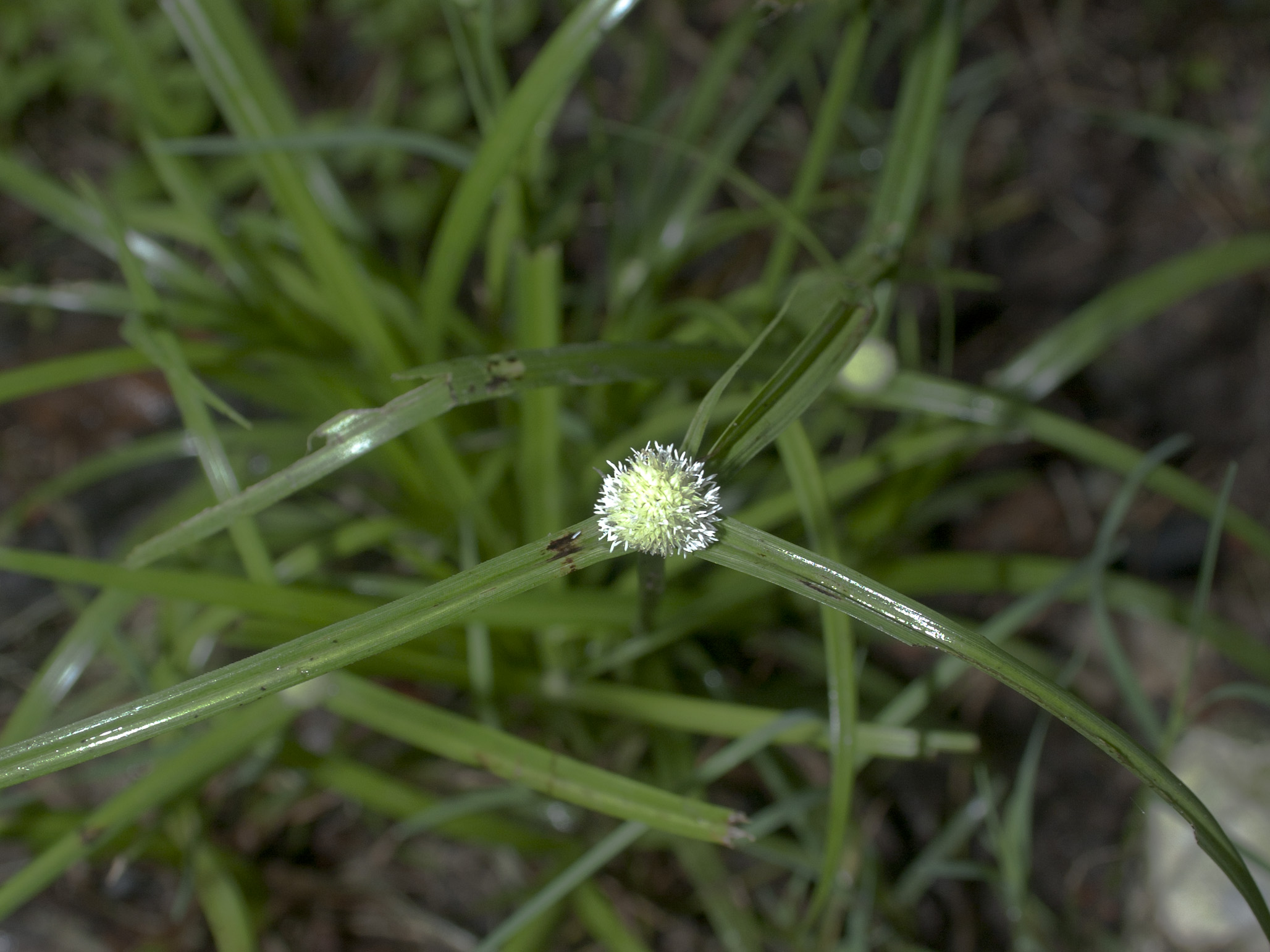
Kyllinga nemoralis (J.R. Forst. & G. Forst.) Dandy ex Hutch. & Dalziel - whitehead spikesedge

Kyllinga nemoralis (J.R. Forst. & G. Forst.) Dandy ex Hutch. & Dalziel - whitehead spikesedge
| Plant Category | : | Herbs |
| Melghat's Flora's Serial No. | : | |
| Synonym | : | Cyperus kyllingia Endl.;
Cyperus kyllingia f. humilis (Boeckeler) Kük.;
Cyperus kyllingia f. subtriceps (Kunth) Kük.;
Cyperus kyllingia f. tenuis (Boeckeler) Kük.;
Cyperus leucocephalus Hassk.;
Kyllinga cephalotes Druce;
Kyllinga gracilis Zoll., nom. illeg.;
Kyllinga intermedia Seem., nom. illeg.;
Kyllinga mindorensis Steud.;
Kyllinga monocephala Stokes, nom. illeg.;
Kyllinga monocephala var. humilis Boeckeler;
Kyllinga monocephala var. subtriceps Kunth
Kyllinga monocephala var. tenuis Boeckeler;
Kyllinga planiculmis var. mucronata Cherm.;
Scirpus cephalotes Jacq., nom. illeg.;
Thryocephalon nemorale J.R.Forst. & G.Forst.; |
| Plant Common Name | : | Whitehead spikesedge, Nirvishi,
–White Water Sedge,
Whitehead Spikesedge,
White Kyllinga,
Whitehead Spike Sedge,
White-flowered Kyllinga,
White Water Sedge, |
| Plant Family | : | Cyperaceae |
| Description | : | Perennial, 20-40 cm. Rhizome horizontal, c. 1.5 mm diam., aerial stems at every second node. Stem 1-1.5 mm diam., sharply trigonous, smooth. Leaves from c. half of length to equalling stem; sheaths up to 70 mm, pale green or grey, with reddish nerves, mouth margin almost straight; blades up to more than 20 cm, 2-4 mm wide, green or greyish green, flat or slightly keeled, margins smooth or scabrous, apex short, flat or trigonous, scabrous. Inflorescence a compact, head-like, globose or ellipsoid cluster of more than 100 spikes, 7-10 mm, white or brownish; 3-4 bracts foliose, spreading, up to 20 cm; spikes spirally arranged, 2.5-3(-3.3) x c. 1.5 mm, each on a minute pedicel, the two opposite glumes sharply keeled, folded, acuminate, midrib winged, scabrous, sides brown-dotted, scarious, with 4-5 nerves. Stamens 3. Nut c. 1.3 mm, ovoid, biconvex, brown, finely reticulate, glossy. Fl. Per.: (March -) June - October. |
| Plant Location in Melghat | : | - |
| Medicinal Use / Activity | : | The plant leaves are traditionally used for the relief of malarial chills, pruritus of the skin, and thirst due
to fever and diabetes. In India, plant leaves are used as anti-venom. The rhizomes of the plant are fragrant, sweet, refrigerant, antidiarrhoeal, diuretic, stomachic, and expectorant. The paste of rhizomes mixed with milk is used internally for worm infection. It is also used in fever, hepatopathy, splenopathy, diabetes and tumours. Antimalarial, Anticancer and Antimicrobial Activities |
| Plant's Phytochemicals | : | COMPOUNDS: alpha-cyperone; Beta-selinene; alpha-humulene; ACTIVE COMPOUNDS (0): |
| Plant's Current Status | : | Red List Category - Least Concern |
| Plant's Cross Database Reference | : | 259142 |
| Reference | : | Prabha Y. Bhogaonkar and Pankaj A. Dhole; "Checklist of Flora of Melghat"; Chief Conservator of Forest & Field Director, Melghat Tiger Project, Camp, Amravati (2018 - 2019); Book |
| Reference | : | ~ Prabha Y. Bhogaonkar and Pankaj A. Dhole; "Checklist of Flora of Melghat"; Chief Conservator of Forest & Field Director, Melghat Tiger Project, Camp, Amravati
(2018 - 2019); Book PMID : |
| Kingdom | : Plantae - Plants |
|---|---|
| Phylum | : Tracheophyta |
| Subkingdom | : Tracheobionta - Vascular plants |
| Superdivision | : Spermatophyta - Seed plants |
| Division | : Magnoliophyta - Flowering plants |
| Class | : Liliopsida - Monocotyledons |
| Subclass | : Commelinidae |
| Order | : Cyperales |
| Family | : Cyperaceae - Sedge family |
| Genus | : Kyllinga Rottb. - spikesedge |
| Species | : Kyllinga nemoralis (J.R. Forst. & G. Forst.) Dandy ex Hutch. & Dalziel - whitehead spikesedge |